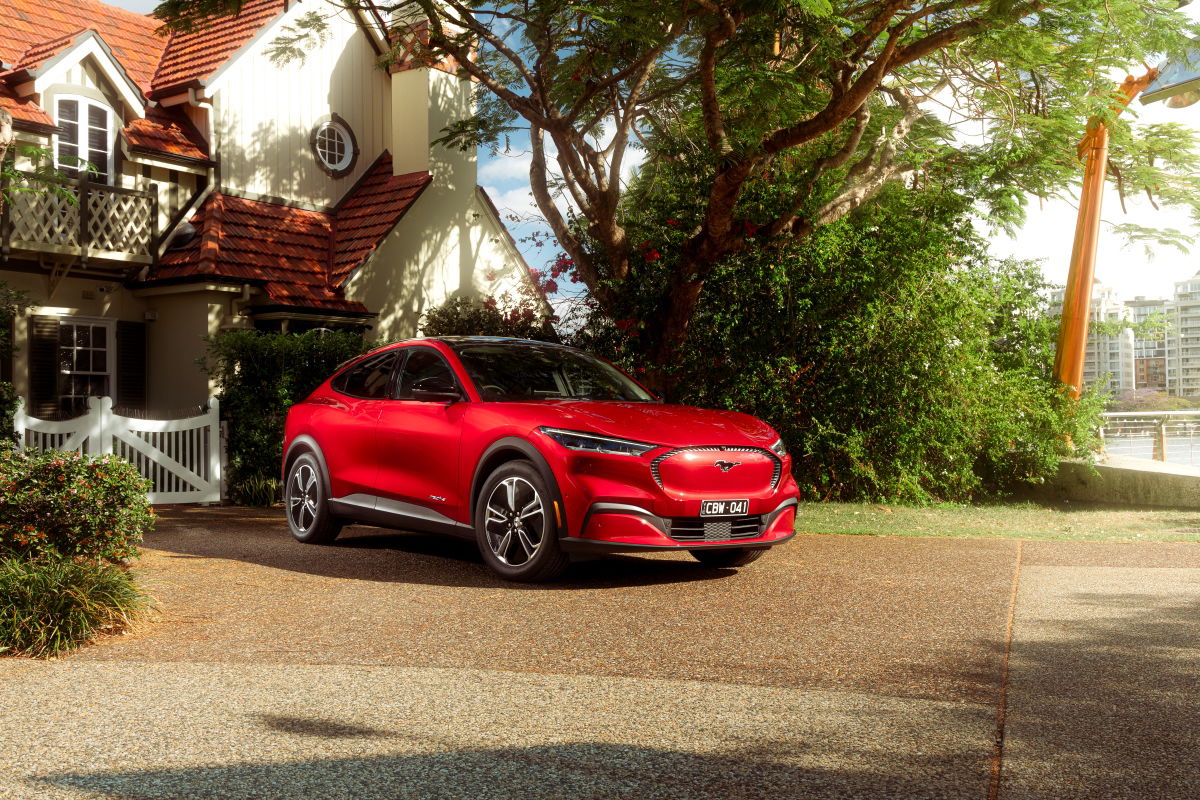
Yes, it’s called a Ford Mustang. No, it’s not like any previous Ford Mustang.
In fact, I’m just going to stop calling it a Mustang right now and refer to it simply as the Mach-E from here on in. It’s not because I don’t believe it shouldn’t have that name or not, rather the debate about the name has tended to overshadow the actual quality – good or bad – of this particular model. So, for this review, that’s what I’m going to focus on with the Mach-E, the simple question of whether it’s a good SUV or not, rather than whether or not it lives up to any expectations from the badges it wears.
ROAD TEST: 2022 Ford Mustang Mach-E GT
And to keep things simple and honest, we’re reviewing the entry-level model in the range, the Mach-E Select, which sits beneath the Premium and the GT. It’s priced from $64,990 (plus on-road costs) which makes it an expensive mid-size SUV, especially for Ford, but positions it roughly $10k above the Tesla Model Y RWD (from $55,900), but slightly cheaper than the Toyota bZ4X (from $66,000), its two closest competitors. On the plus side for Australian buyers, the price has actually dropped by $15k since it was first announced for local sale, which won’t be great at re-sale time but may help its slow sales pick up.
READ MORE: Ford vows to keep V8 Mustang and proudly American
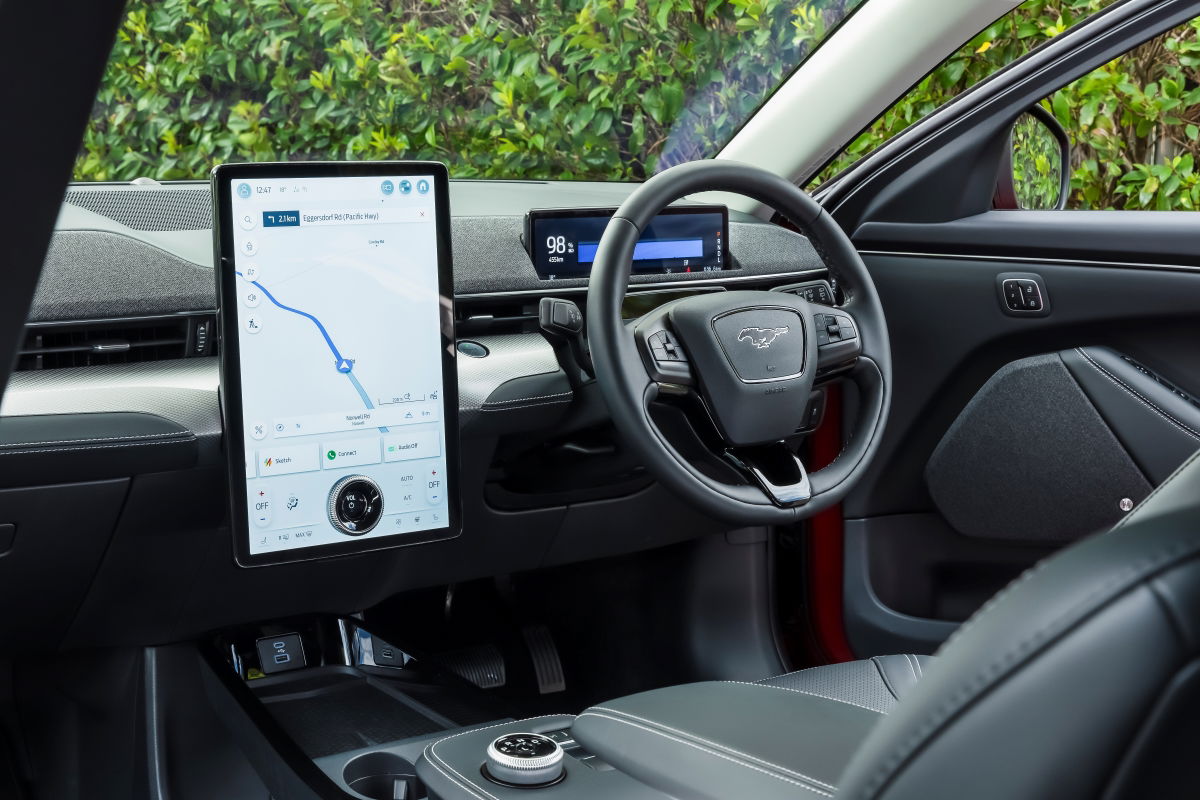
For the asking price the Mach-E Select is reasonably well-equipped but definitely feels like the entry-grade model. There’s a 10-speaker Bang & Olufsen sound system, dual-zone climate control, wireless smartphone charging, a panoramic glass roof, power tailgate and twin digital screens (one for instruments and one for infotainment). But the faux-leather seats, which are flat and lack lateral support, as well as the relatively small 19-inch alloy wheels do act as reminders you’re in the lowest member of the range.
READ MORE: Ford Mustang Mach-E gets rally ready
So from a value perspective, the Mach-E Select doesn’t wow us, but what about the drive?
Well, for starters, it’s powered by a single, rear-drive motor that makes 198kW of power and 430Nm of torque. It draws energy from a 71kWh lithium iron phosphate (LFP) battery, rather than the nickel cobalt manganese (NCM) type in the Mach-E Premium and GT. Regardless of its chemical make-up, the battery is good for a driving range of 470km, which is probably slightly above what the real world returns we experienced, but not dramatically so.
READ MORE: Review – We drive the 2024 Ford Mustang GT
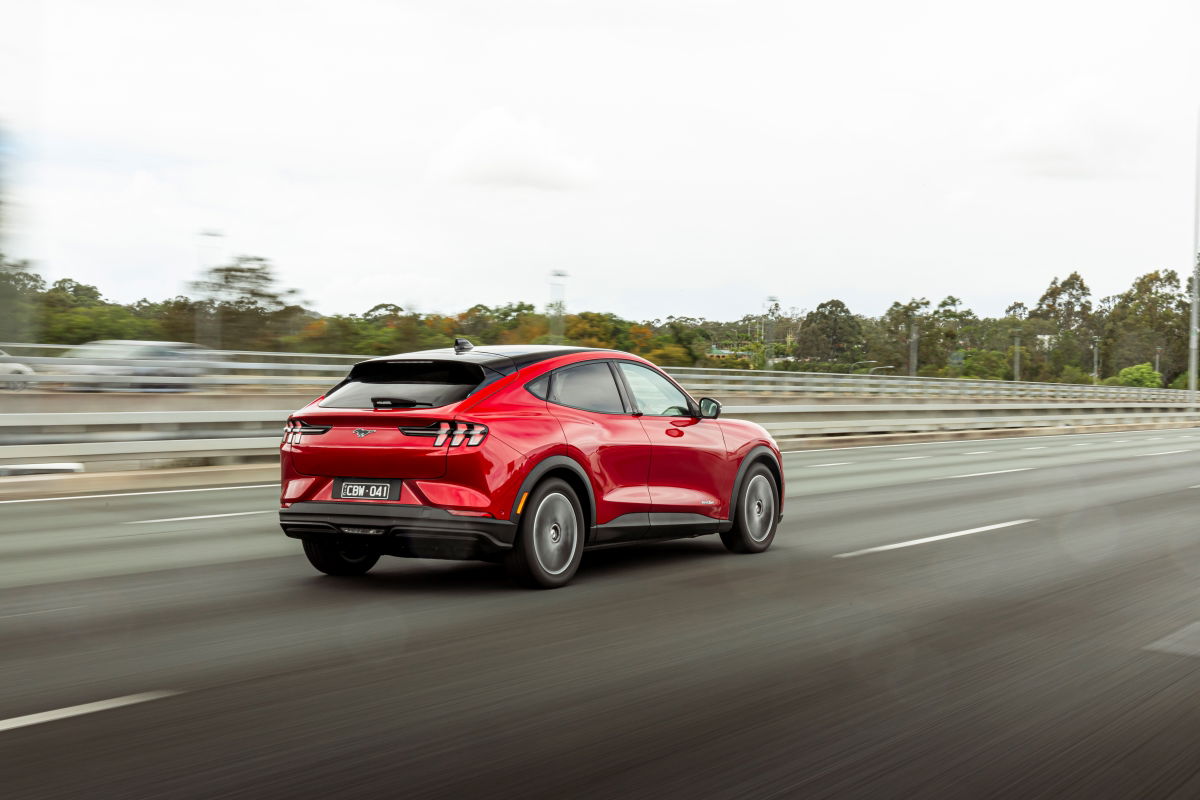
That’s all the technical details out of the way, which finally brings us to the real question – how does it drive? Obviously the pony badges set an expectation, as does the fact it’s electric and 0-100km/h have bizarrely become a benchmark for what were originally meant to be environmentally friendly vehicles.
READ MORE: Ford’s secret Mustang plans revealed
The acceleration in the Mach-E Select is brisk, without being intense. It’s far from the most rapid EV, but for a mid-size, five-seat SUV it’s more than fast enough. The delivery of the performance is good, with the rear-wheel drive nature meaning there’s no torquesteer either.
The problem we’ve had with the Mach-E GT when we’ve driven it previously was the firm-almost-to-the-point-of-uncomfortable ride. That’s slightly reduced in the Select, in large part thanks to the smaller wheel and bigger tyre sidewall, but it’s still on the stiffer side for a mid-size SUV. That’s largely down to the mass, with the Mach-E tipping the scales at more than 2000kg, which is a lot of weight to try and control, while also trying to install a sporty, dynamic driving experience to live up to the name.
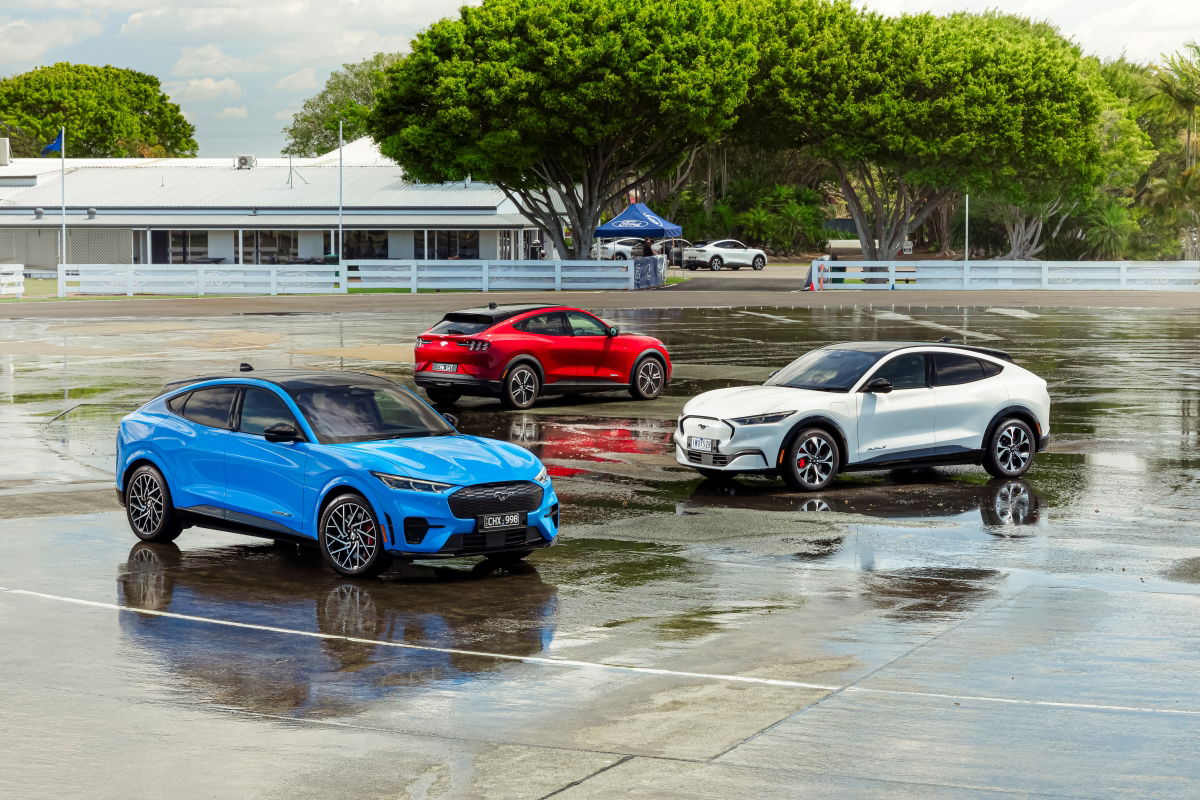
It’s not a deal-breaker because the flip side of the equation is that it does feel above-average in terms of sportiness and dynamic behaviour, especially the heavier steering that offers good feedback and feel to the driver.
Obviously it doesn’t drive like a Mustang (there I said the word again) but it does have a unique driving character compared to any would-be rival I’ve driven. That may be enough for some people to feel comfortable with the name and pay the premium for the EV technology. But it’s also understable why it has been a slow seller, just 326 sold in the first six months of ‘24, compared to more than 12k Tesla Model Y.
Ford is trying to play to its strengths locally, putting the focus on its famous nameplates like Ranger and Mustang, so it makes sense they would use it to try and help establish its EV future too. Whether or not carrying the Mustang name is a help or a hindrance is open for debate, but if you look beyond the name there is a nice mid-size electric SUV.



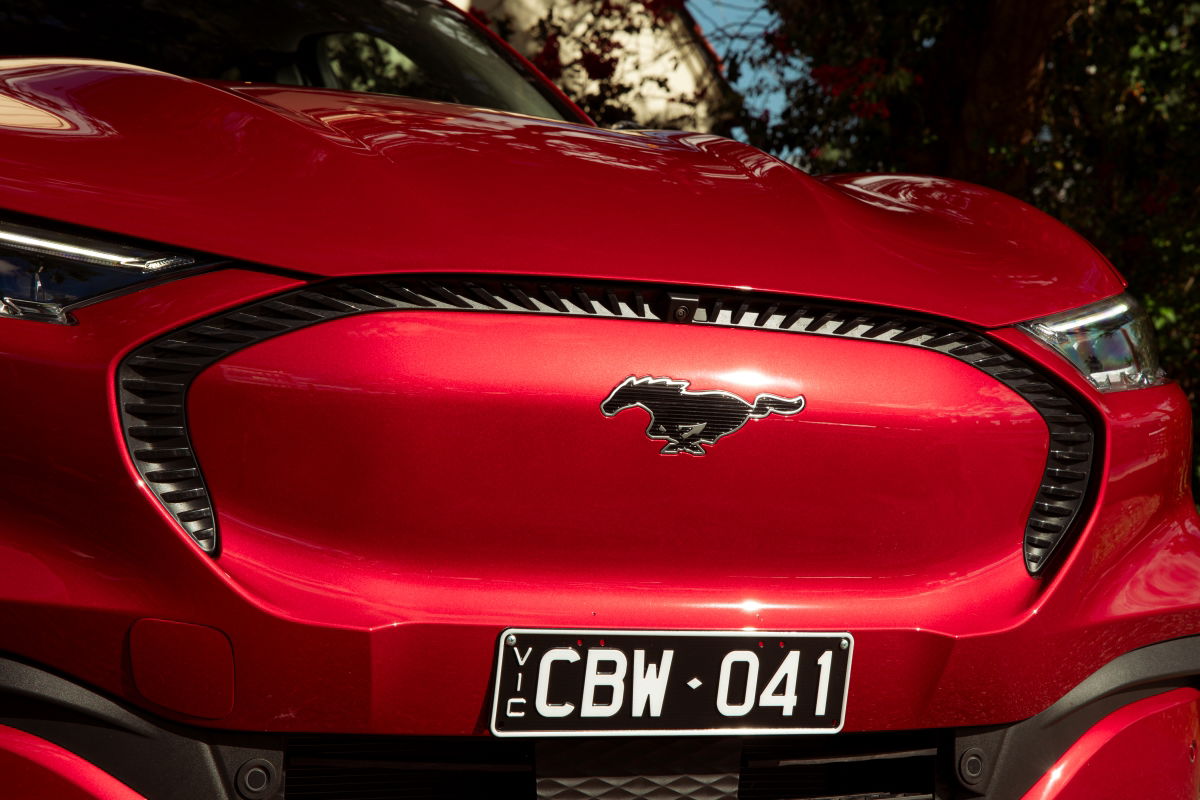









Discussion about this post